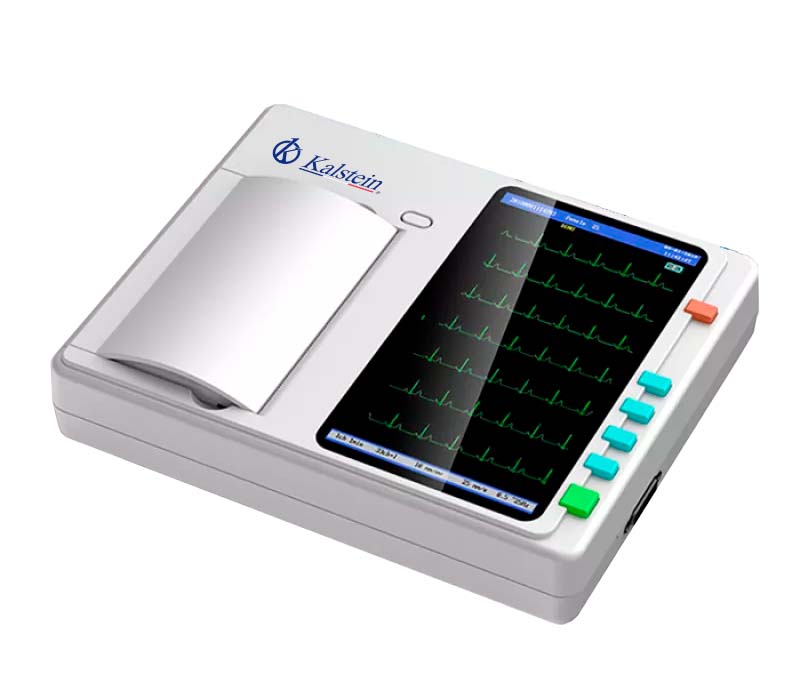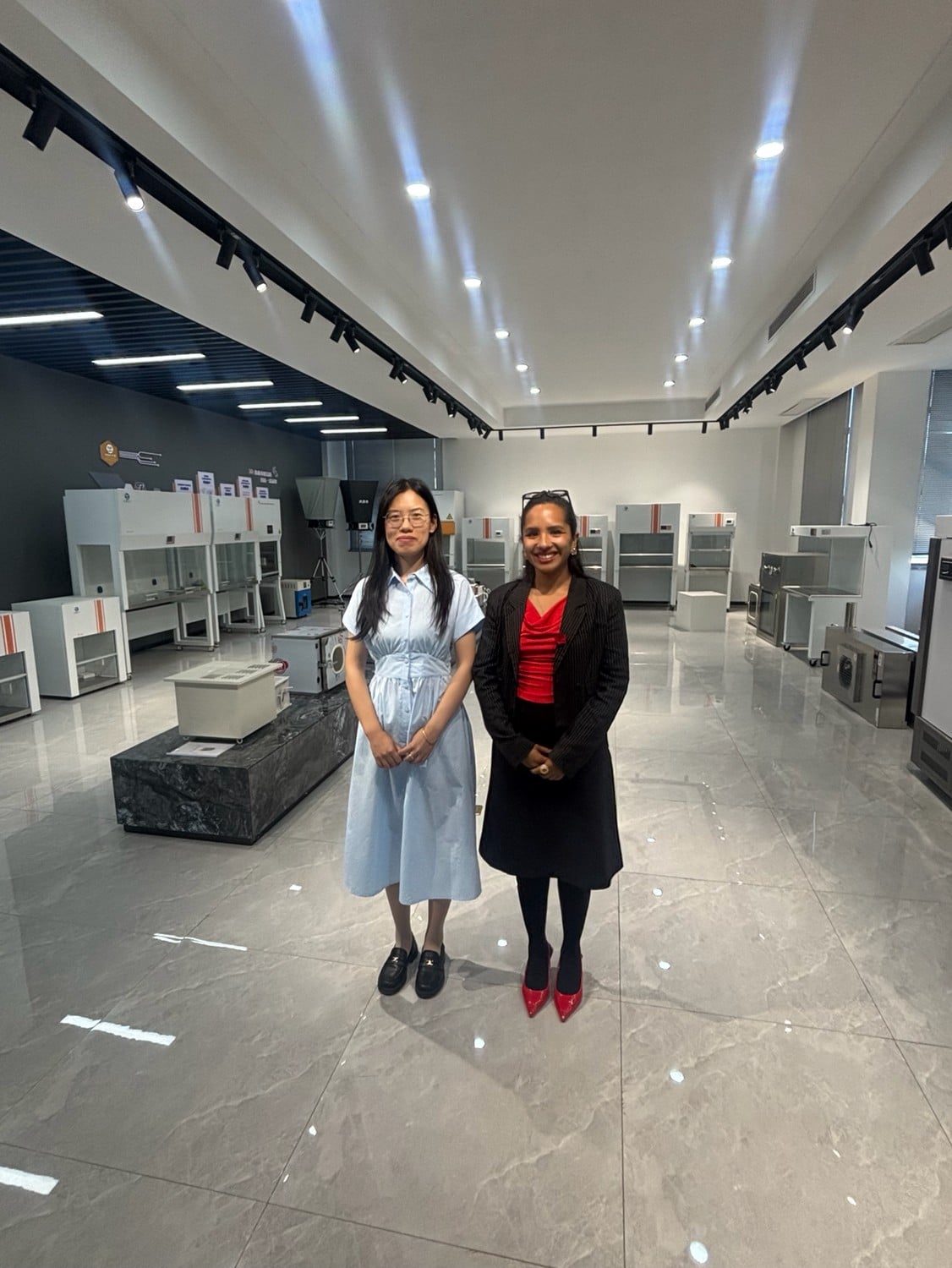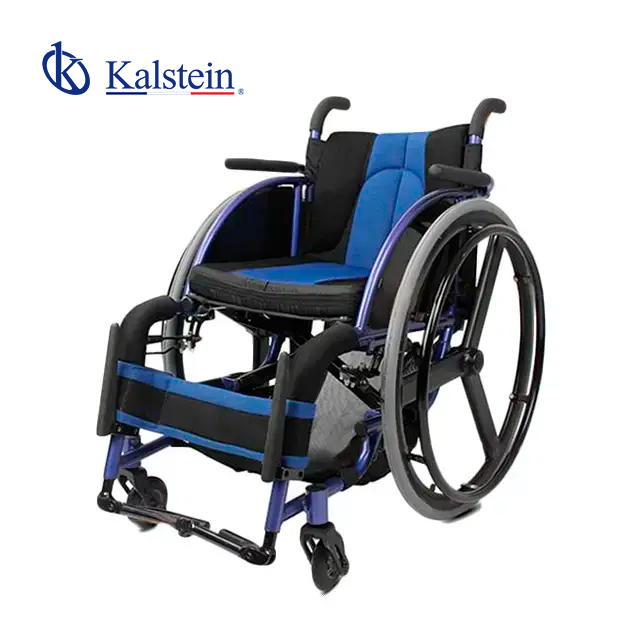In modern industry, it is essential that products meet quality requirements, and product color evaluation is a critical task in achieving this goal. An optimal solution for this process can help ensure quality consistency throughout the production line. Going through the color evaluation process can be a complicated job. However, establishing an optimal solution for color evaluation can help industrial laboratories ensure quality consistency with every batch of product.
Acquiring the right technology, standardizing color standards, performing regular calibration and establishing color evaluation protocols are the main steps in creating an optimal solution for industrial laboratories. How to build an optimal solution with color evaluation for industrial laboratories
Using technology for color evaluation
Color evaluation is one of the most important aspects of quality in industry, as customers generally expect products of uniform and accurate color. Therefore, it is vital that general industry laboratories have the right technology to evaluate the color of products.
Industrial color evaluation laboratories must be equipped with tools and equipment capable of detecting the subtlest changes in product hue. The best labs will have a variety of laser systems, including white light systems, to create the optimal atmosphere for equipment that measures precise wavelengths.
Color measurement equipment must combine specialized measurement sensors with processing software to generate a phanerogram image that provides an accurate measurement of color quality. This equipment has the ability to take a predefined sample matrix and then evaluate all elements individually. This helps to ensure that products, and consequently batches, are similar.
Creating an optimal solution
Now that we understand how important it is to have the right equipment and systems for color evaluation, let’s move on to see how we can create an optimal solution to achieve the best results. Industrial color evaluation laboratories should start by establishing color standards. This can be accomplished by referencing color standards to accepted standards. This will help laboratories determine if the product is in accordance with the standards.
Once the color standards have been established, a calibration routine should be established. Calibration is one of the most important elements of any color evaluation system, as it helps to ensure that results are being measured accurately. Calibration should also be performed on a regular basis to ensure that the measurement parameters do not change and that the results are consistent.
Finally, color evaluation protocols must be established to ensure that products meet specified standards. This includes determining the appropriate temperature and humidity, as well as the measurement time. In addition, it is recommended that all results be documented to keep a log of the results and the evolution of the evaluation process over time.
What Kalstein offers you
KALSTEIN simplifies color evaluation box options by offering the best deals and quotes. Visit us on our main website HERE where you will find the different designs and YR models that are available for any requirement, in addition to having the best advisors to accompany you during the maintenance and care of the equipment. We also assure you that through our online sales channels is very easy and viable, remember that we are a manufacturer of laboratory equipment recognized worldwide.




